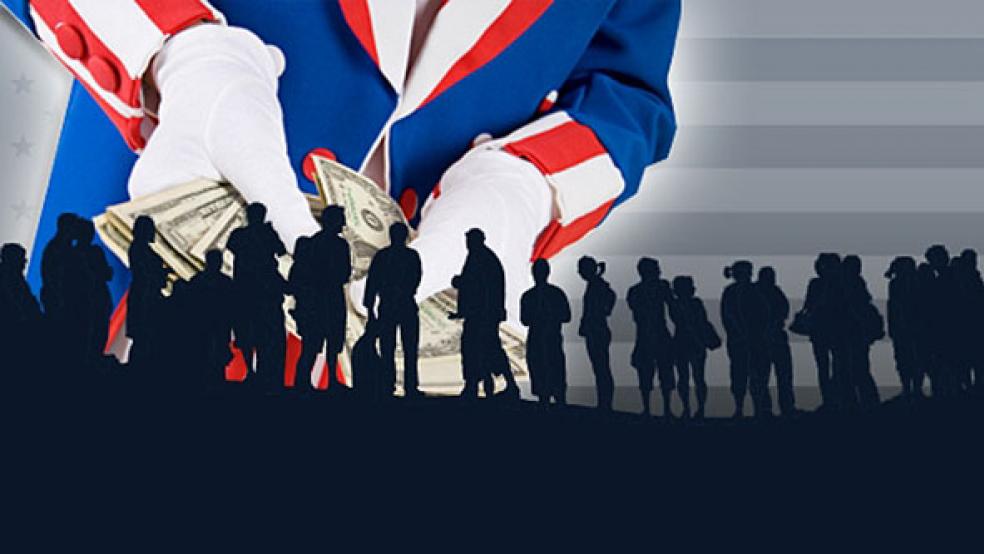Congress has provided roughly $1.6 trillion in direct payments to assist individuals, businesses, hospitals, states and municipalities struggling during the coronavirus pandemic, and about 70% of the funds have already been distributed or committed, according to an analysis by The Wall Street Journal.
The money includes $1.2 trillion allocated in March by the CARES Act, which has provided enhanced benefits for unemployed workers, forgivable loans for small businesses and direct cash payments for households, hospitals, cities and states. In April, Congress added another $400 billion in aid for small businesses and hospitals.
“This fiscal stimulus has spent out very quickly relative to reasonable expectations, certainly relative to historical expectations, which is to the credit of the administration,” Ernie Tedeschi, an economist with Evercore ISI who served in the Obama Treasury Department, told the Journal. “In terms of the core assistance to households and businesses, we’re already past the peak.”
Here’s the Journal’s tally of major coronavirus relief programs:
- Paycheck Protection Program: The program providing forgivable loans to small business has disbursed or committed $511 billion out of $670 billion as of May 30.
- Economic Impact Payments: The Internal Revenue Service has sent $258 billion in direct payments to households, or about 89% of the expected 2020 total. About $35 billion in payments remain.
- Coronavirus Relief Fund: As of May 20, the Treasury had disbursed $144.3 billion out of $150 billion provided for states, territories and tribal governments.
Hospitals still waiting for help: One pot of money that notably hasn’t been spent down is the $175 billion provided to help hospitals and health care providers. The Journal reports that only $46 billion has been disbursed. A report by Politico notes that the Department of Health and Human Services says it has allocated about $77 billion of the total, leaving nearly $100 billion held up by uncertainty over how best to distribute the funds. “The delay has prompted complaints by both Democrats and Republicans on Capitol Hill, and left the nation’s safety net hospitals and clinics with relatively little federal support during a pandemic that’s simultaneously thrust them onto the front lines and decimated their finances,” Politico’s Adam Cancryn writes.
Individual payments stand out: Economists generally agree that the stimulus payments for individuals and enhanced unemployment benefits have had a powerful effect on the economy, since they helped keep households afloat in recent weeks. The question now is just how much more Congress should provide to keep those households going – and the answer depends on a range of issues, including the pace of the economic recovery, the spread of the disease over the next few months, the prospects for vaccines and treatments, and lawmakers’ willingness to keep running up the deficit.
More money in other pipelines: Congress has provided roughly $3.3 trillion in economic aid overall, and much of the business-focused assistance has yet to be spent. Treasury has $500 billion to spend backing up emergency loans through the Federal Reserve, a program that hasn’t yet begun. And Health and Human Services has been granted $330 billion for disease research, which it can spend over the next year and a half.





